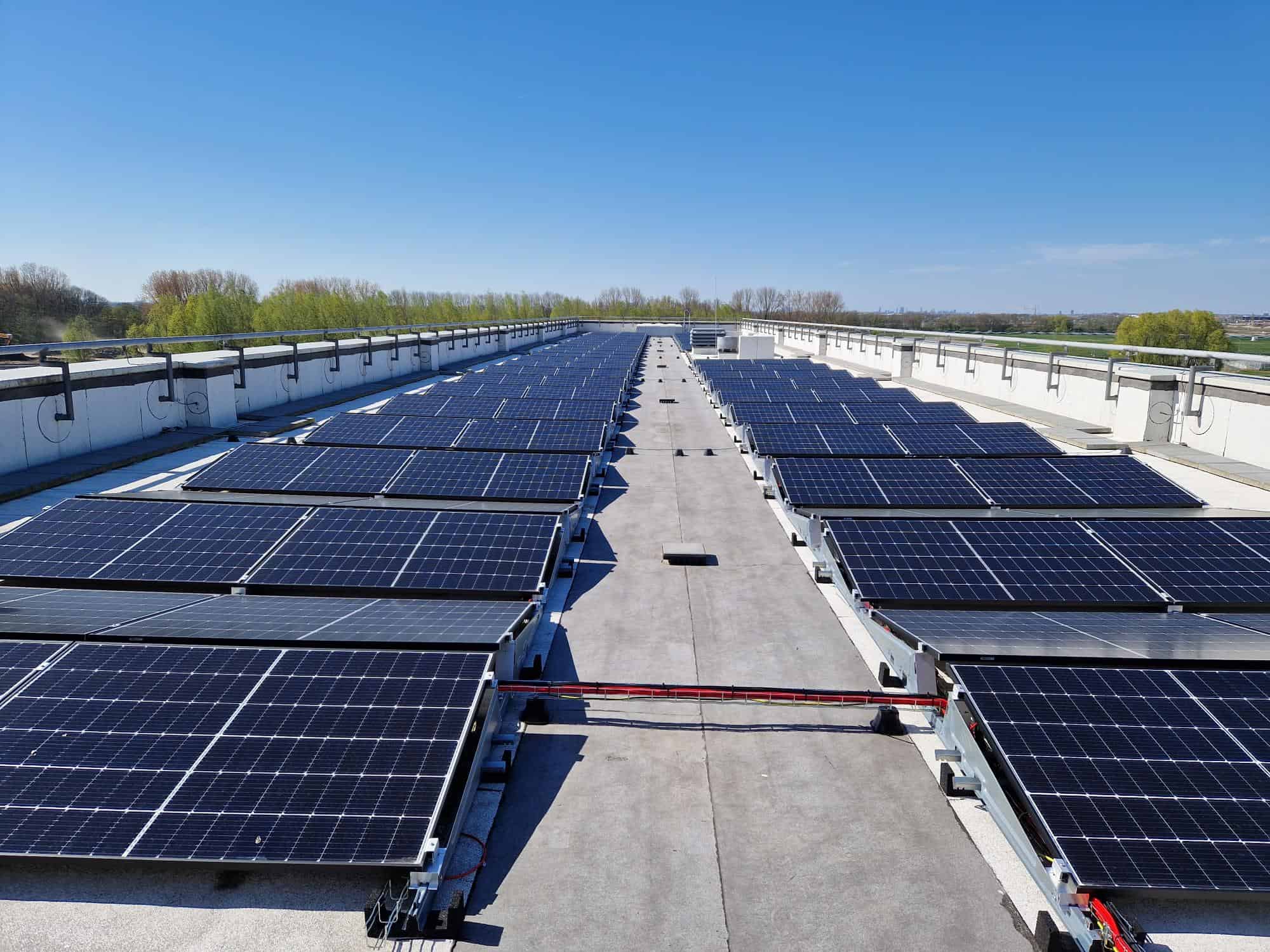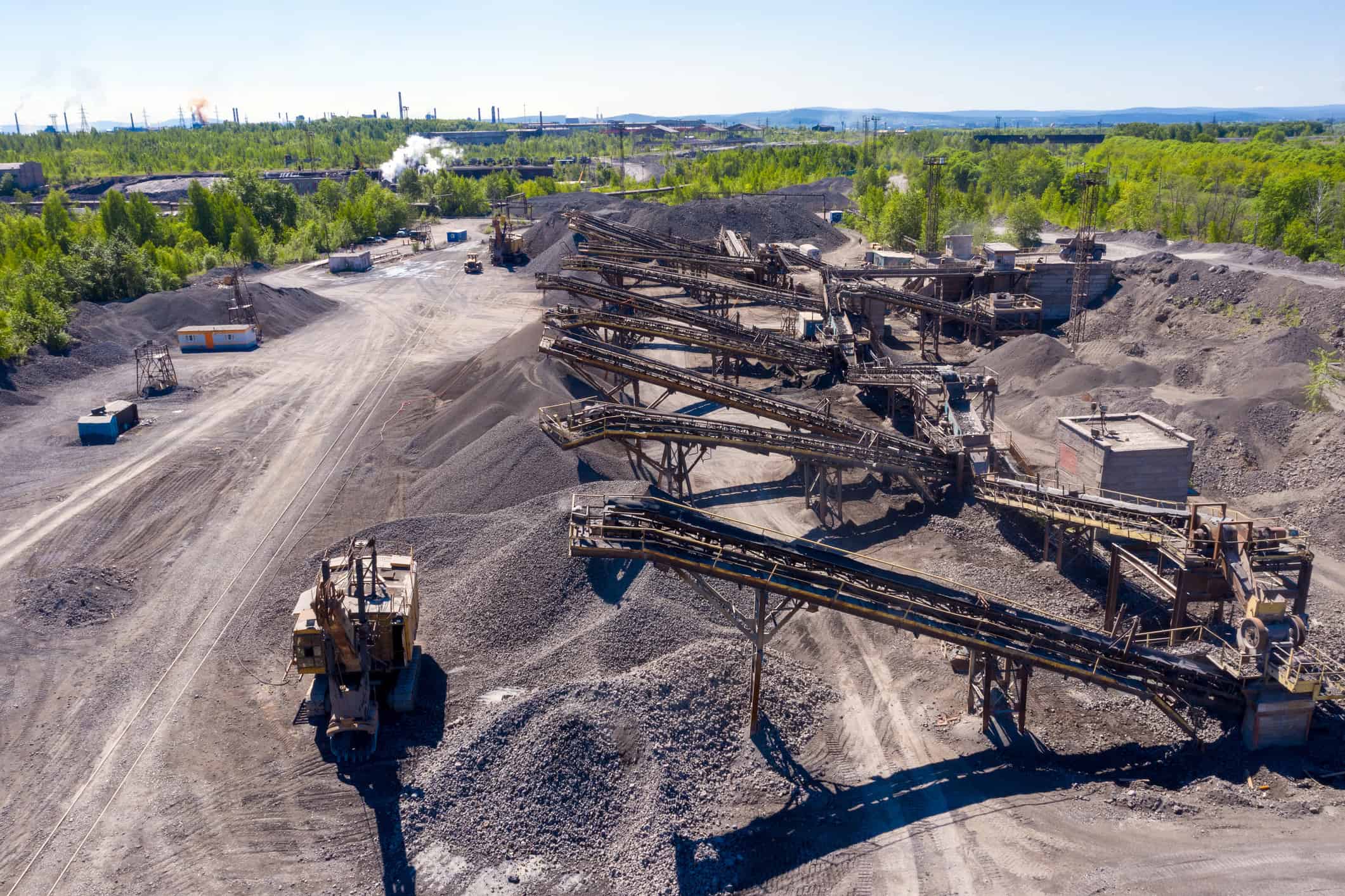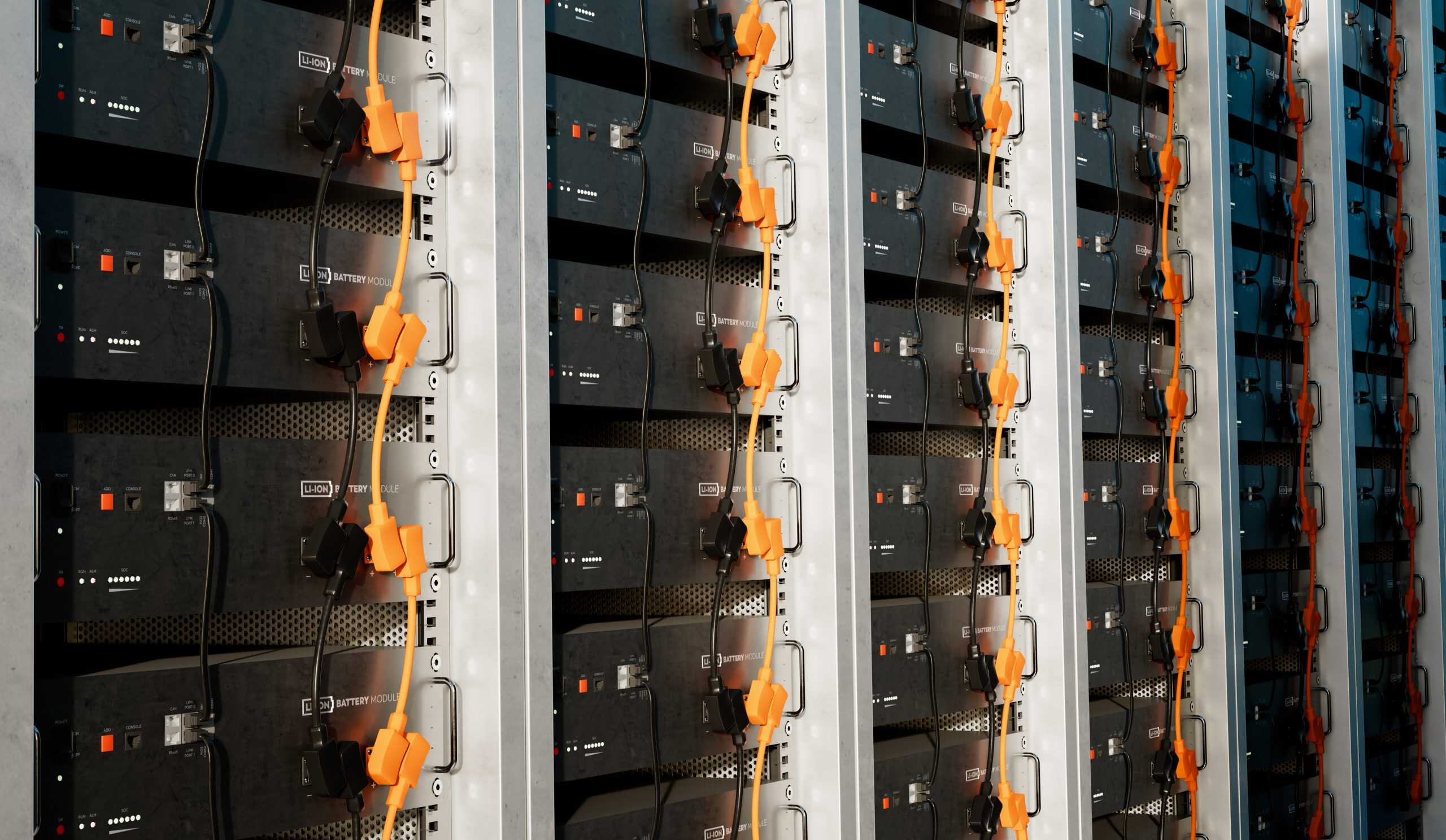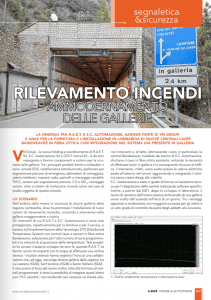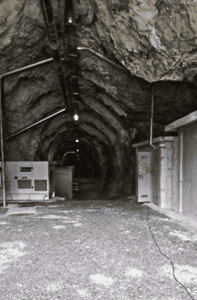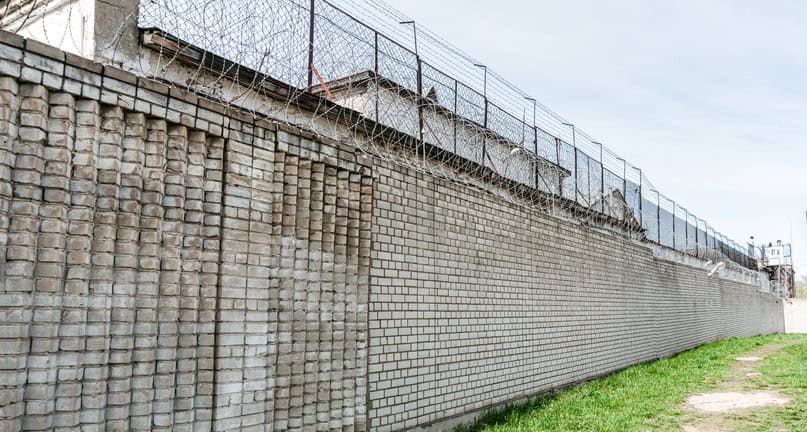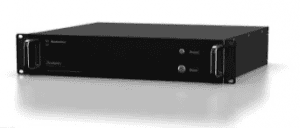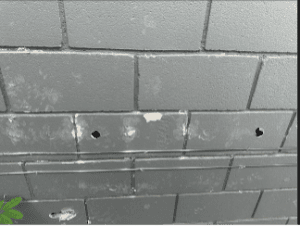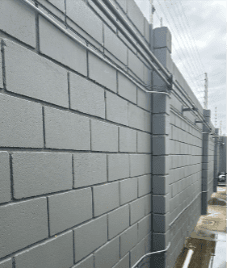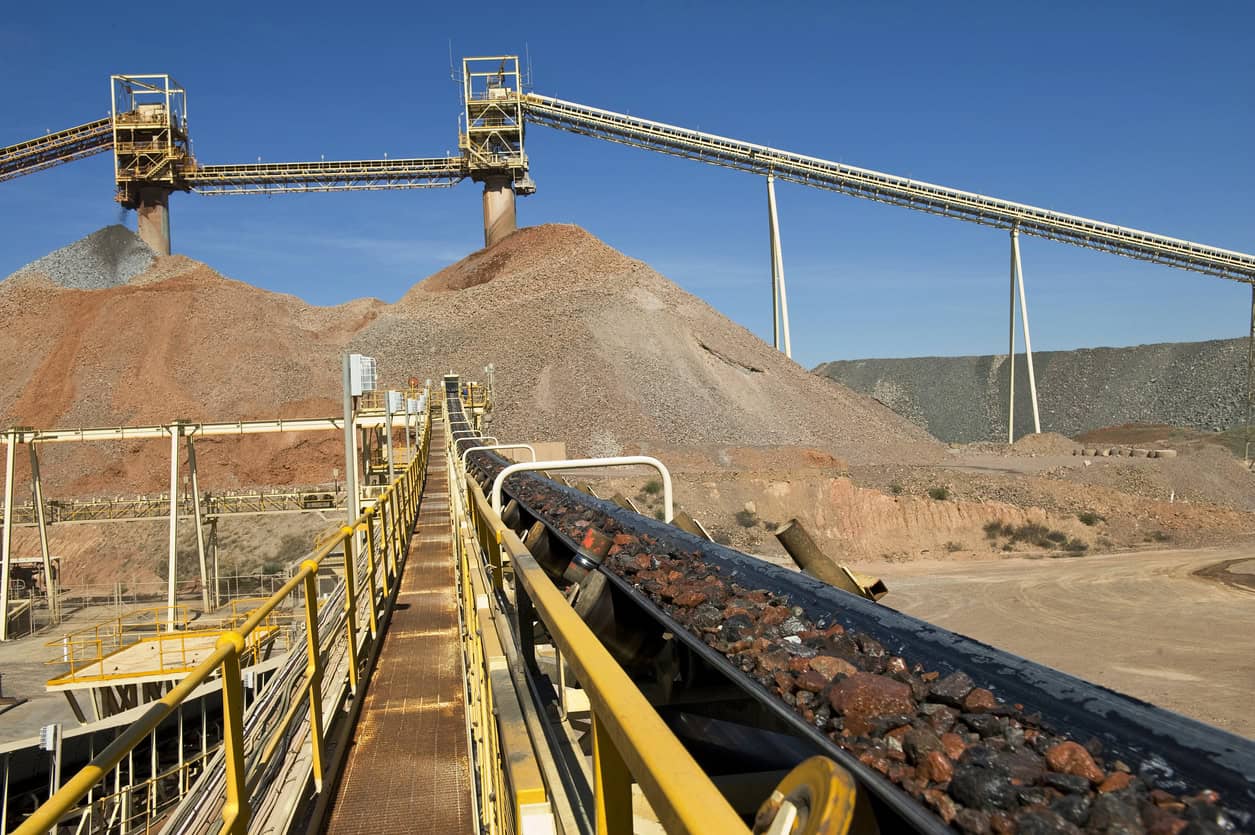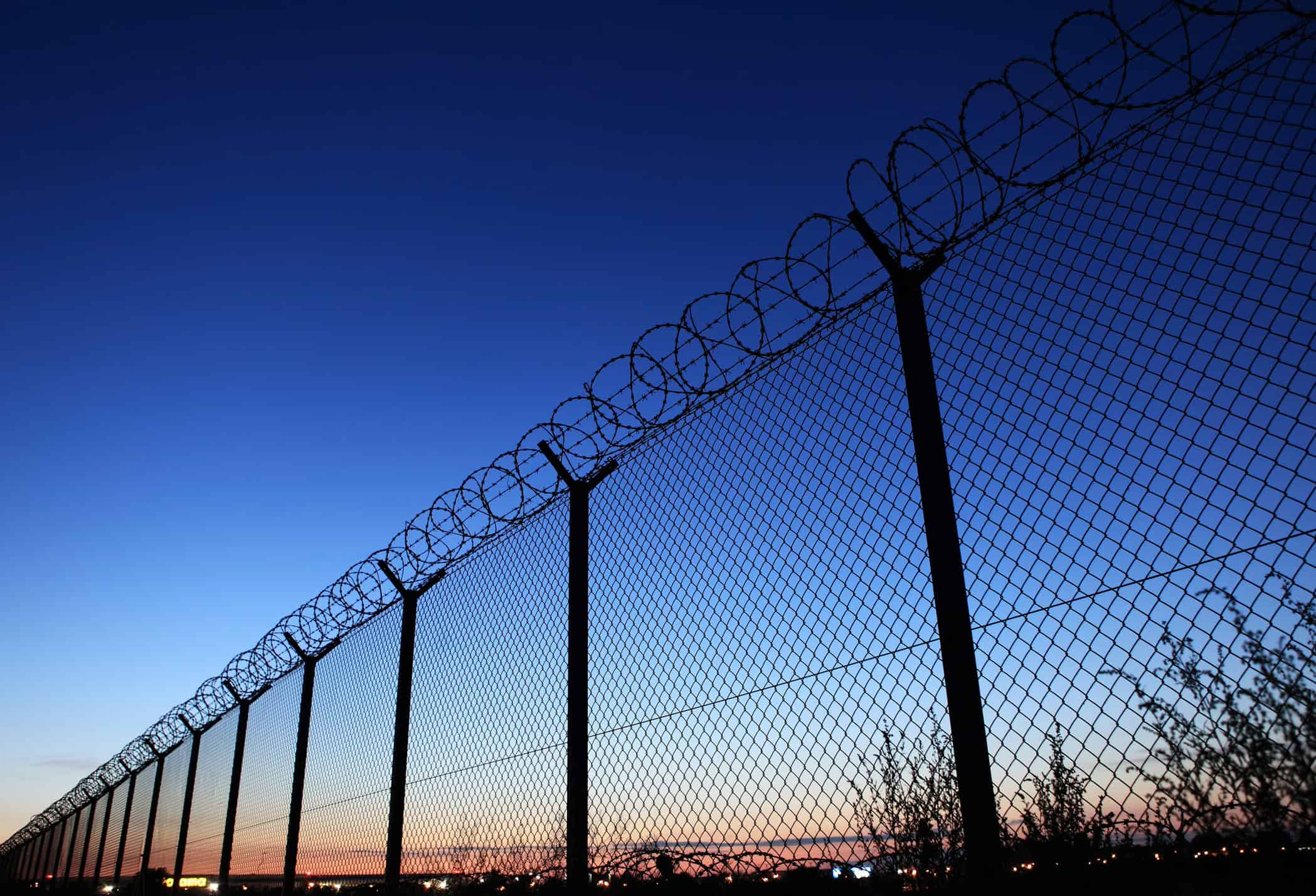Traditional fire detection systems weren’t built for the realities of tunnels, substations, chemical plants, or heavy industrial environments. In these settings, smoke and heat behave unpredictably, and when detection fails, the consequences are catastrophic. What follows is a dangerous cycle: missed alarms, loss of confidence in the system, and slower emergency responses.
It’s time to stop asking, “Does it work in the lab?” and start asking, “Does it work where it matters?” Fiber optic linear heat detection is redefining what’s possible in fire safety, proving it’s not only suitable for harsh environments but optimised for them. In this article, we’ll explore the critical role this technology plays in protecting the world’s toughest and most high-risk environments.
Why “ordinary” fire detection doesn’t cut it
Conventional smoke and thermal sensors are designed with stable, clean environments in mind, environments with clear air, minimal interference, and consistent conditions. But for many high-risk facilities, this couldn’t be further from reality.
In substations and transformer enclosures, electromagnetic interference can scramble readings or trigger false alarms. In more complex settings like chemical plants, tunnels, and enclosed industrial spaces, factors like dust, humidity, or airborne particulates can obscure or degrade standard sensors altogether.
This creates a serious risk for organisations operating in extreme environments with high-value assets and infrastructure. When sensors fail, or when false alarms erode confidence, operators hesitate. Responses are slow. Fires escalate.
Fiber optic heat detection: a built-in advantage
In volatile, unpredictable conditions, fiber optic linear heat detection offers a distinct advantage.
Using a passive sensing cable, with no in-field electronics, power supplies, or communication modules, it eliminates the typical points of failure found in traditional systems. The cable is immune to electromagnetic disturbance, corrosion, temperature extremes, and airborne contaminants.
What’s more, every metre of fiber optic cable acts as a continuous, highly accurate heat sensor, delivering precise thermal mapping across large distances. These systems integrate easily with CCTV, suppression equipment, and intelligent software, creating a comprehensive fire detection and prevention solution that enables not only timely reaction but also smarter, data-driven response strategies.
Where fiber optics shine in tough environments
Tunnels, subways and rail networks
Fiber optic cables can be run along entire tunnels or infrastructure layouts, detecting subtle temperature changes or fast-rising heat from cable faults or fires. This allows suppression or ventilation systems to activate at the precise point of risk, before the situation escalates.
Heavy industry and mining operations
These are among the most demanding environments, where early detection is critical. Fiber optic systems can identify overheating bearings, blocked chutes, or overloaded motors, often before any smoke or flames appear. This enables rapid intervention and helps avoid serious damage.
Oil and gas facilities
With zero electronics in hazardous zones, fiber optic detection is perfectly suited to environments containing flammable gases or volatile compounds. It allows continuous monitoring without increasing risk, something traditional systems can’t offer.
Energy infrastructure
In high-voltage substations and transmission areas, where conventional systems degrade quickly, fiber optics remain stable and reliable. They provide early warnings of cable overheating or transformer faults that could otherwise lead to catastrophic fires.
High-moisture or washdown areas
Environments like food processing facilities, where constant cleaning and high humidity are standard, can quickly corrode or compromise standard detectors. Fiber optic systems, by contrast, remain unaffected, providing consistent and long-term fire safety coverage.
Performance you can measure
When a fire or abnormal heat source emerges, fiber optic sensing cables can detect the event to within 1°C and 1 metre, often before flames are even visible. In one real-world example, a customer using our linear heat detection system on a conveyor belt was alerted to a heat spike near a bearing. The maintenance team responded swiftly, replaced the affected part, and prevented what could have been a serious fire.
Preventing just one incident like this can justify the cost of the system, saving thousands in asset damage, downtime, and emergency response. Over time, the benefits multiply. Unlike traditional systems, which are often subject to breakdown and expensive maintenance due to environmental wear, fiber optic systems operate for years with minimal intervention.
Crucially, fiber optics drastically reduce false alarms. In harsh environments, false alarms are more than a nuisance, they erode trust and dull the urgency of real emergency response. With fiber optic fire detection, you get greater specificity and accuracy, ensuring teams are only deployed when it truly matters.
Overcoming the awareness gap
Despite these clear advantages, many fire safety professionals still associate fiber optic systems with older, copper-based technologies, which are outdated, fragile, and expensive. That couldn’t be further from the truth.
Modern fiber optic systems are lighter, faster, smarter, and more cost-effective per metre than ever before. Yet awareness hasn’t caught up. In many regions, standards and regulations still lag behind the capabilities of this technology, creating a bottleneck to broader adoption.
That said, change is happening. In the Netherlands, for example, rigorous new testing and commissioning standards have been introduced, standards that fiber optic systems meet effortlessly. This growing recognition is setting the tone for wider industry adoption and elevating expectations around fire detection performance.
Laying the blueprint for resilient fire safety
It begins with rethinking fire detection, starting with a clear-eyed audit of your environment. What are the conditions really like? Are your current systems fit for purpose, or just convenient?
Forward-thinking partners are already reshaping their fire safety strategies. They’re implementing fiber optic detection across new sectors and integrating with other smart technologies to create a layered, responsive defence strategy.
Fiber optic linear heat detection isn’t just adequate; it’s engineered for the job. It’s time to stop settling for outdated systems and start investing in solutions designed for the environments you operate in.
Join the global movement transforming fire safety, one cable at a time: https://www.bandweaver.com/about-bandweaver/partners/

